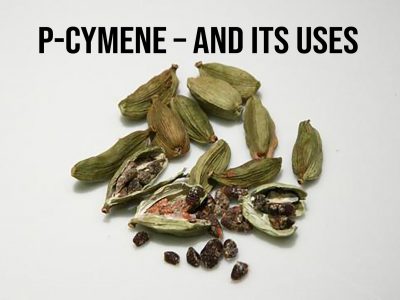What does Tuber mean?
A tuber is a part of the plant that grows beneath the soil’s surface. The tuber is used by the plant to store valuable nutrients and water. The reserve of a tuber’s nutrients and energy are used by the plant during periods of drought or during the winter months.
There are two types of tubers: stem tubers and root tubers. Stem tubers form near the soil’s surface. A stem grows out of the tuber’s topside and roots grow out of the bottom of the stem tuber. The stem tuber’s underground stems are considered thickened rhizomes. Around the underground parent stem tuber, smaller baby stem tubers form.
A root tuber is a modified lateral root that works as a storage unit for the plant.
More Info On Tuber
Plants that feature tubers are perennials and biennials. Even if the plant’s top growth dies back during the winter months, the plant will still return in the spring from new growth that springs up from the tuber.
Common tubers that are classified as stem tubers are potatoes, yams, and begonias. Dahlias and sweet potatoes are common root tubers.
All tubers have several growing points, which are referred to as eyes. When dug up, it is often difficult to figure out what is the top and what is the bottom of the tuber.
As a plant’s top growth flourishes, its tuber also swells and grows. Many plants are grown specifically for their edible tubers, including sweet potatoes, yams, potatoes, cassava, taro, sunchoke, lotus root, and yautia.







